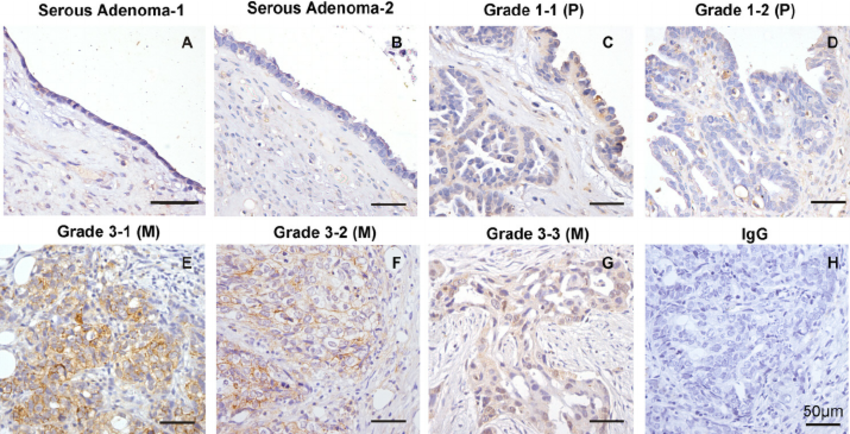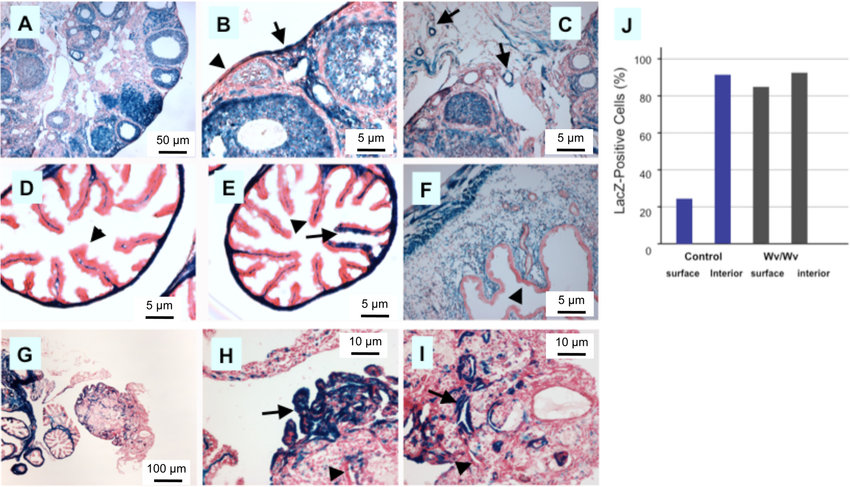
Adenoma is a group of polyp growths which form within the colon
There are more than 200 types of colon cancer, which include adenomatous polyp, adenoma, adenodialysis, and adenocarcinoma, which are grouped into three subtypes according to their characteristics. Adenoma consists of about 10% of all colon polyps.
The most common type of adenoma is adenodialysis or adenomatous polyp. They are characterized by a mass that usually has a smooth surface. Most adenodialysis (about 90%) are relatively small, about 1 mm, and have an extremely low risk of malignant neoplasms.
The next most common type is the large polyp. These large adenomatous polyps may be present with minor adenodialysis and sometimes may be mixed with a large polyp, sometimes combined with adenodialysis. Some types of adenodialysis tend to grow in size even if the large polyp does not grow. This is due to the fact that it is large the polyp tends to shrink over time. These adenoids can attach to an artery or vein.
The third type, adenoma that forms in the tumor, is very large, may have a rather irregular shape, and may also have several sharp edges. Edges may not be smooth, but irregular and surrounded by gray-white cyst-like tissue. Some tumors can also form an abscess that is characterized by pus.
Adenomas may be present in only one area, or may form in multiple locations. Sometimes they are found in one part of the colon, and sometimes they can form in different parts. The location of the polyp tumor is largely determined by factors such as the patient's history of colon cancer and a chronic smoker.
Colon cancer is a type of cancer that affects the lining of the digestive tract. It can be classified as primary colon cancer, metastatic colon cancer or secondary colon cancer and may also involve malignant polyp. growths in the liver and pancreas.

Some people may develop adenomatous polyp in combination with cancer in other organs, like the gallbladder, the bile duct and the bile ducts.
Primary colonic cancer is often associated with adenomatous polyp
While there are no known cures for adenoma, some treatments are available for relieving symptoms. Some of these include surgery, radiation therapy, immunotherapy and chemotherapy. Surgery can remove the polyp and the colon to prevent recurrence, while immunotherapy may help suppress or stop the growth of the polyp. Chemotherapy may also be used to kill the cancer cells in the tumor and to reduce the tumor size.
Certain drugs may be prescribed to control pain, nausea and vomiting and to reduce bleeding after surgery. In some cases, drugs may also be prescribed to make the symptoms less severe, such as painkillers. If the adenoma does not shrink, chemotherapy may be used to shrink it and remove the tumor to prevent it from coming back.
Radiation therapy, which uses high-energy rays to kill cancer cells and tumor cells, is also used to treat small tumors. Although surgery and chemotherapy may cause side effects, such as nausea, vomiting, pain and dizziness, some people may also benefit from chemotherapy and radiation therapy.
Ovarian cancer is another form of cancer that affects the lining of the reproductive organs. It usually occurs in women but is also possible in men. Although ovarian cancer does not usually affect fertility, it can still cause infertility in men.
Although ovarian cancer is usually classified as a type of cancer, it is important to note that it is not cancerous per se. The adenoma and the ovarian cancerous cells may spread from one organ to another through the bloodstream and into the blood supply of the other organs. The main concern is that the tumor may not be cancerous but could be cancerous or precancerous (cancer that has not yet developed into a malignancy).
Ovarian adenoma and ovarian carcinoma are very different. The most common causes of this type of adenoma are polyps, the growth of polyps or tumors in the ovaries and the formation of cancerous polyps. In most cases, adenomas are not cancerous, but are precancerous (cancerous) and thus the treatment of both types of adenoma can lead to either one.